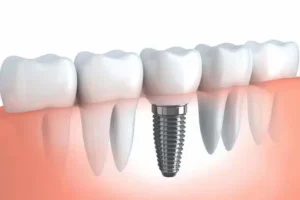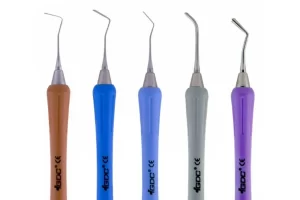There are a variety of different treatments for dental gaps. One of these is bonded porcelain, which can be an effective treatment to hide small gaps in between the teeth. It involves the use of a thin layer of porcelain on the front of the tooth, which the dentist then shapes so that it looks wider and more natural. These veneers are also durable, lasting, and very effective at closing gaps between teeth. However, they do have some disadvantages, and you should consider these before undergoing this procedure.
The treatment for a gap depends on several factors, including the size of the gap, the number of missing teeth, and the cause of the gap. Tooth loss is one of the most common causes of a gap between the teeth, but receding gums and narrower teeth can also cause gaps between teeth. Regardless of the cause, you will want to find a qualified dental professional who is experienced in treating gaps so that you can enjoy a beautiful smile again.
Diaastemas can run in families, and can be caused by a number of factors. For example, people with gapped teeth are at a higher risk of developing a gum disease than those without. Other causes of gapped teeth include thumb or finger sucking, or mismatched jaw bones. In either case, your dentist will recommend the best dental treatment for you. And remember, there are also ways to prevent diastemas if you are a child or an adult. By practicing good oral hygiene and having regular cleanings, you can prevent gaps between teeth from occurring.
Despite the best oral hygiene practices, a child may be born with a gap between teeth. If they’re missing from birth, they might also experience a dental gap. Fortunately, there are treatments for dental gap filling for children. The costs of these treatments vary widely. Your dentist will recommend the treatment option that best suits your needs and your budget. So, go ahead and seek professional help if you suspect that your child has a gap between teeth.
Natural techniques for closing gaps may be effective, but they can cause complications. It’s always best to get the opinion of an expert before attempting any treatment. Often, the best treatment is the one that will provide the best results in the long run. If the gap is due to a dental problem, a dentist will first examine the area with x-rays. In many cases, teeth will move due to weak jawbones. In these situations, natural methods will only give temporary relief from gap teeth, while dental procedures may be necessary.
Another option for closing a gap is dental bonding. This procedure involves applying tooth-colored resin to the gap between the teeth. The procedure takes only one visit and is inexpensive. For larger gaps, porcelain veneers may be necessary. These ultra-thin coverings of teeth are made of medical-grade materials that look like your natural teeth. While dental bonding isn’t permanent, it offers lasting results for people who want to avoid dental implants.





